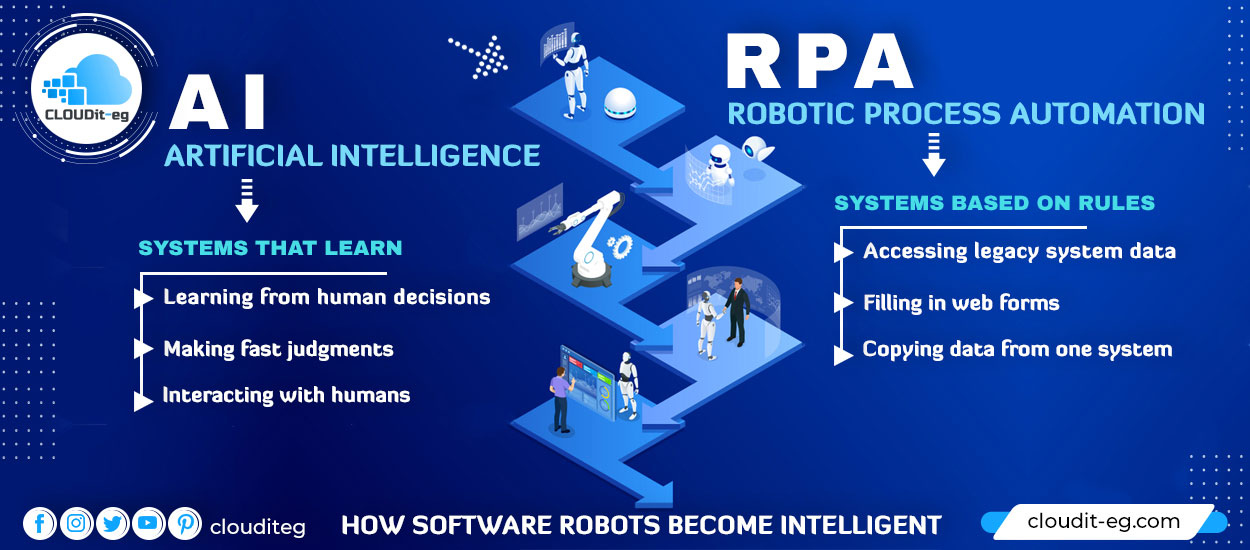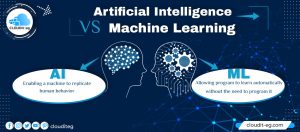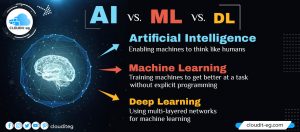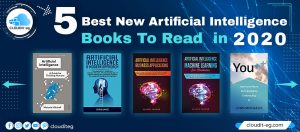Robotic Process Automation (RPA) is one of the most popular technologies for automating business processes. This technology enables fast and, above all, efficient automation of standardized processes. However, the range of uses is limited by the need for structured data and programmable decision-making. However, this shortcoming can be overcome through the use of artificial intelligence. In the following, we will show you RPA and AI, and how artificial intelligence can help RPA bots become smarter.
RPA – A Future Technology for Standardized Processes
Artificial intelligence is one of the most important future topics in business. The use of technology enables user-based purchase recommendations, individual diagnoses, and personal search results. The technology is used in more and more areas and is developing into the cornerstone of digital change.
The difference between RPA and AI
Due to the undifferentiated use of the terms RPA and AI and the technologies behind them, a distinction between the two technologies is necessary:
RPA is an efficient and intelligent approach in which repetitive, rule-based processes are processed automatically in order to relieve employees and use human resources more profitably. In this way, RPA not only reduces costs but also accelerates digital transformation. The capital saved can then be used to finance new digitization projects.
Artificial intelligence is a branch of computer science that aims to create intelligent machines by simulating and imitating human decision-making behavior through various algorithms. In general, we talk about Artificial Intelligence when a computer solves complex problems in a simple way, the solution of which actually requires human intelligence. In conjunction with AI, RPA can support the holistic and strategic automation of complex processes and the processing of unstructured data. Basically, the technology is particularly suitable for process mining, data structuring processes, and as an enabler of cognitive process automation.
So, here we summarize this comparison between them:
RPA
Systems based on rules:
- Accessing legacy system data
- Filling in web forms
- Copying data from one system
AI
Systems that learn
- Learning from human decisions
- Making fast judgments
- Interacting with humans
Software robots can be divided into three types of automation
Robotic Desktop Automation (RDA): is a bot on the user’s desktop that facilitates day-to-day business. The user can often not continue when the RDA is running.
Robotic Process Automation (RPA): RPA is a scalable solution that can be adapted to the needs of the user and can also work in the background.
Intelligent Process Automation (IPA): enables the handling of sub-structured data. For this purpose, IPA relies on existing automation solutions and expands them with AI components such as machine learning.
What is the next with RPA?
RPA is expanded to include cognitive components. These include artificial intelligence functions such as optical character recognition (OCR), natural language processing (NLP), or machine learning(ML). In this way, RPA can, to a certain extent, simulate human behavior and also make more complex decisions.
The Possibilities of RPA and AI
Various providers are already relying on a combination of RPA and machine learning. The software should learn from the human user by identifying and evaluating their behavioral patterns and interpreting human activities based on historical and current data. In addition, a robot with such abilities can also question decisions and thus gain experience. After an extensive learning phase, he can also work independently.
Such intelligent robots are still relatively rare. However, the technical possibilities are so promising that these robots will be used more and more in the future. The connection of RPA with AI to IPA opens up completely new sales and business opportunities.
Because the main advantage of cognitive automation via IPA is that it is self-learning and masters the handling of structured and unstructured data. The use of the AI components also enables extensive data analysis. However, it should also be noted that the information on teaching such an intelligent robot is very extensive, and collecting the necessary amounts of data is a legally sensitive topic.
5 Use Cases for Intelligent Software Robots
The combination of RPA, artificial intelligence, or machine learning opens up numerous possibilities for automated processing of a process. The following examples illustrate the possible uses of the technology.
1. Processing of incoming data
As a rule, companies receive a large number of customer data via a wide variety of communication channels. This data is often not available in a structured manner so it has to be entered manually in order to be able to be further processed. The data can be recorded automatically through the use of various AI functions. In this way, a system can differentiate between different concerns and prepare the necessary information.
Then RPA-based processing can take place. The software robot accesses the necessary information and processes the customer’s request. In addition, if necessary, the robot can forward the process to the relevant department for manual processing.
2. Data update in systems
Banks and insurance companies in particular are confronted with constantly growing and dynamic compliance requirements. The multitude of highly manual processes in administration also harbors the great potential for sources of error. Software robots are correspondingly as important as support for employees. The combination of robots and artificial intelligence makes a sustainable contribution to reducing risk by avoiding errors and, for example, also enables automatic and proper validation of a customer. In this way, intelligent assistants can help minimize the risk of fraud and increase the quality of data and processing, which ultimately leads to higher customer satisfaction.
3. Uniform customer experience
In the course of digitization, the focus is increasingly shifting to the customer. While the acquisition of new customers is considered very expensive, the costs of maintaining existing customers are rather manageable. However, most companies do not have a 360-degree view of the customer and therefore cannot provide comprehensive support. The use of RPA and AI is a fundamental component of process orchestration, with which customer-related processes can be easily managed from the initial customer contact to the conclusion of the case and which gives the customer the choice of all channels and formats that they prefer using. It also ensures that companies can make the move from paper-based to digital business models.
4. Monitoring profitability
Due to tough competition, more and more service companies have to offer cheaper products. However, profitability also plays an important role, so continuous monitoring is necessary. A software robot can call up existing systems and analyze the current key figures and then make them available in a dashboard. The combination with AI also allows predictive analytics. Predictive analytics uses many techniques from the fields of data mining, statistics, modeling, and machine learning to analyze current data and make predictions about the future, for example about the demand for a product or possible sources of error in the product or in the corresponding Process.
5. Onboarding new customers
Self-services are also playing an important role in the course of digital transformation. With simple online processes, customers can carry out important processes independently. Documents relating to the customer’s master data are particularly important for data maintenance. Customers can submit all important documents as an attachment online via a customer portal. Then, for example, the identity card of a customer can be read out using image recognition, and the data is automatically transferred to the customer master data. This document can then be archived using RPA and further changes can be made in the system. Possible sources of error are eliminated and the quality of customer service increases.




